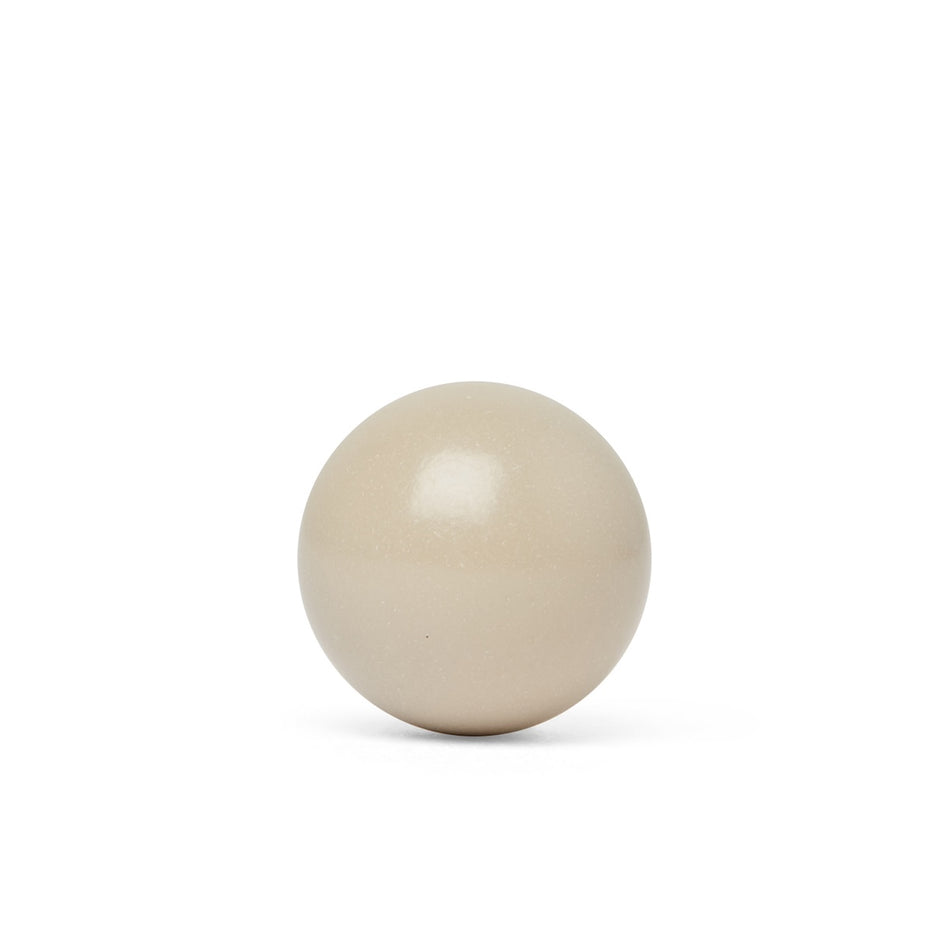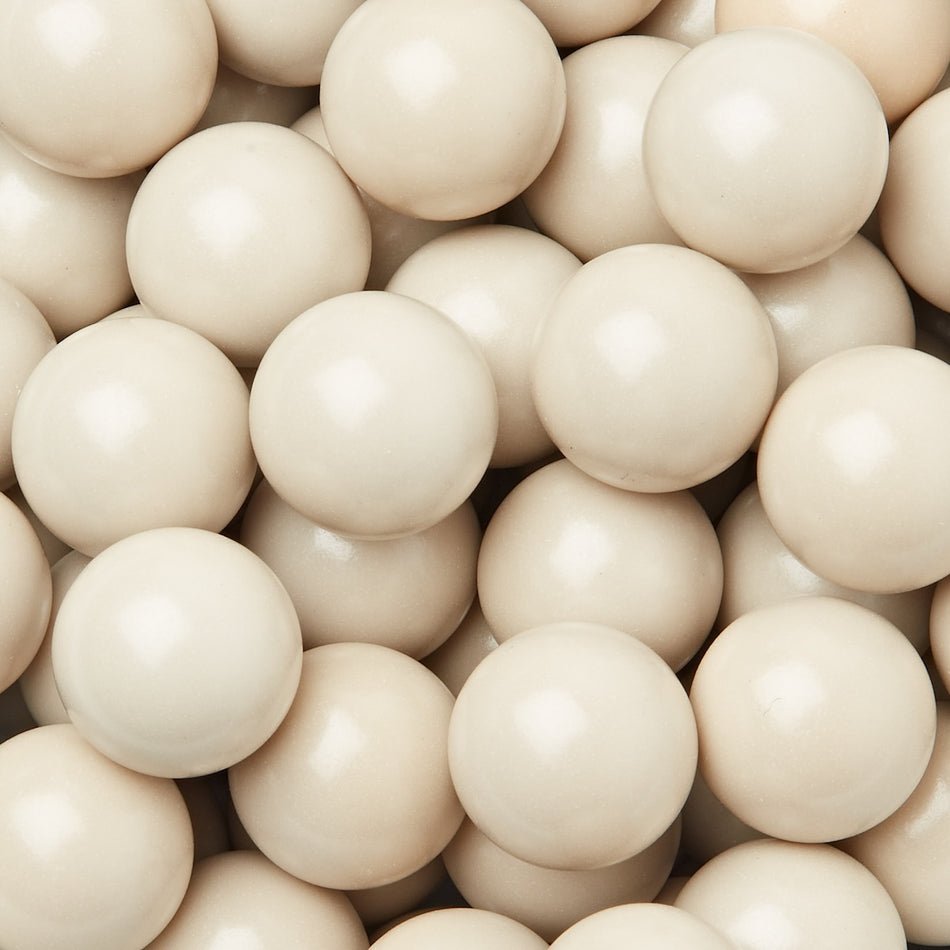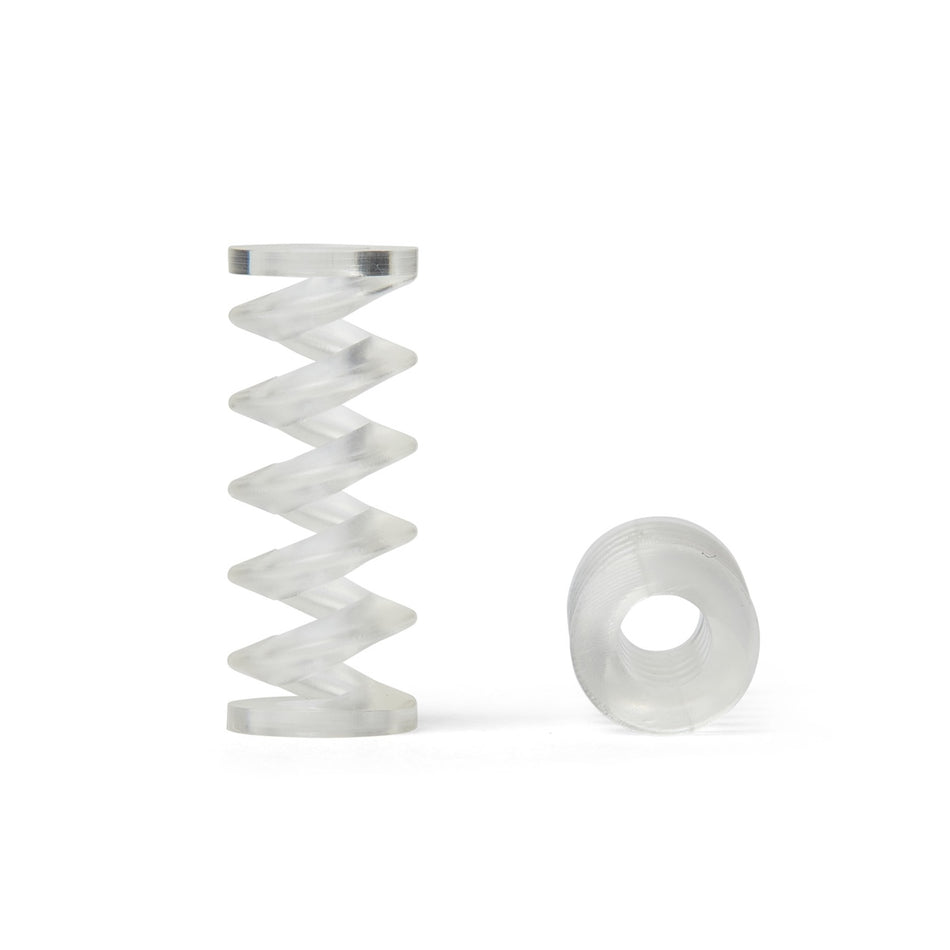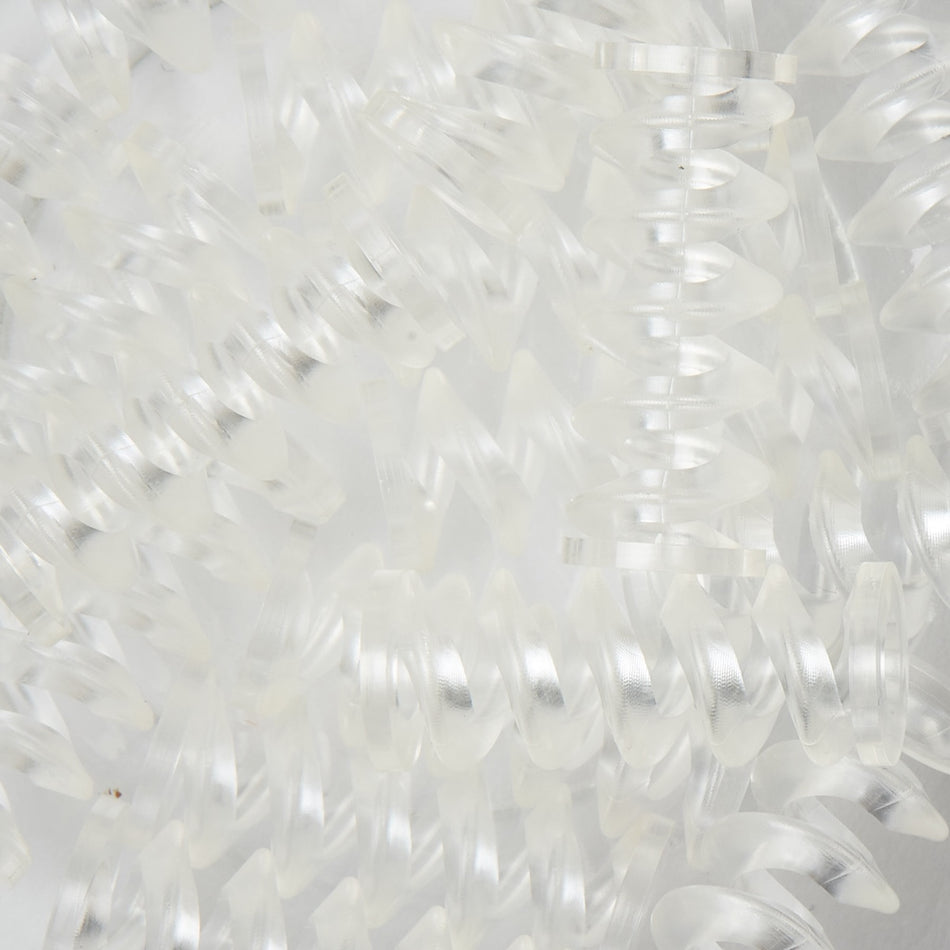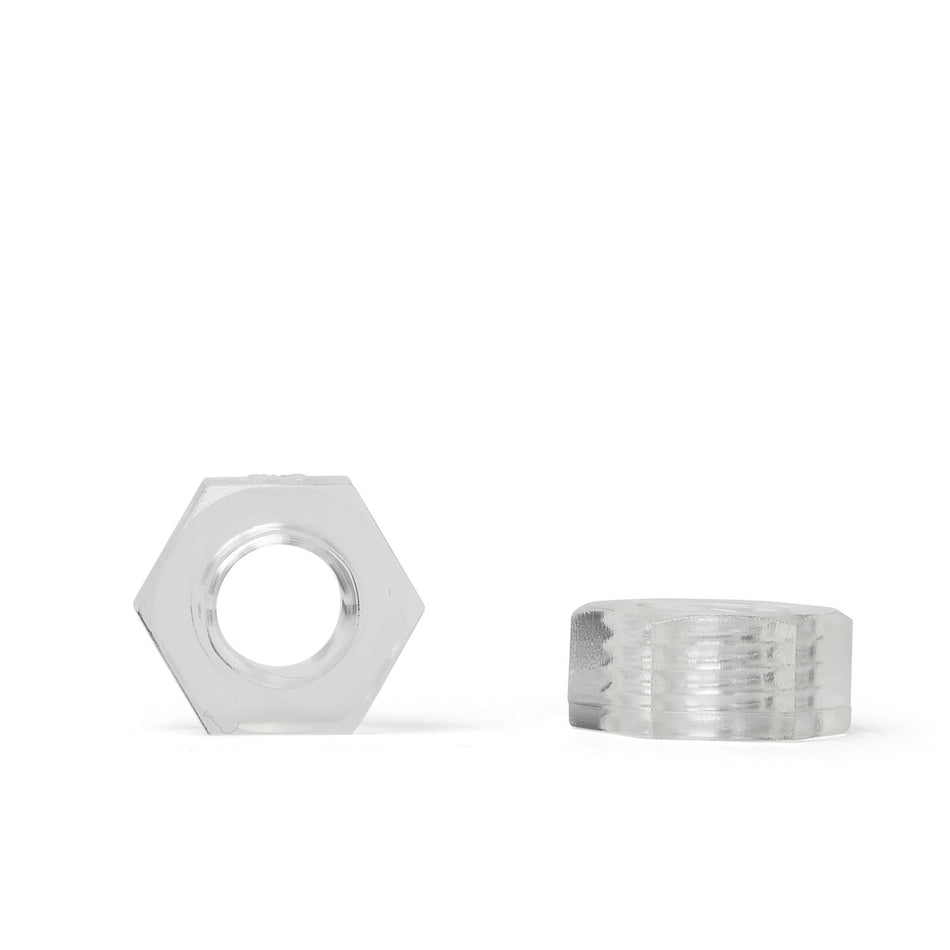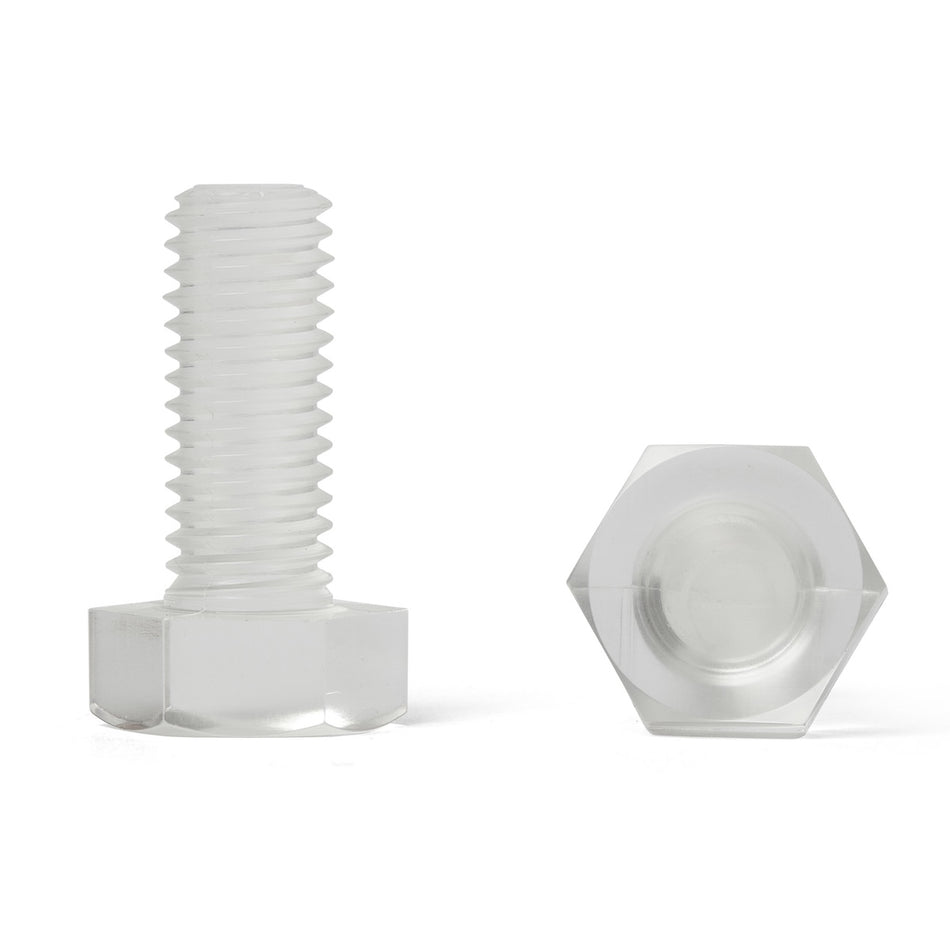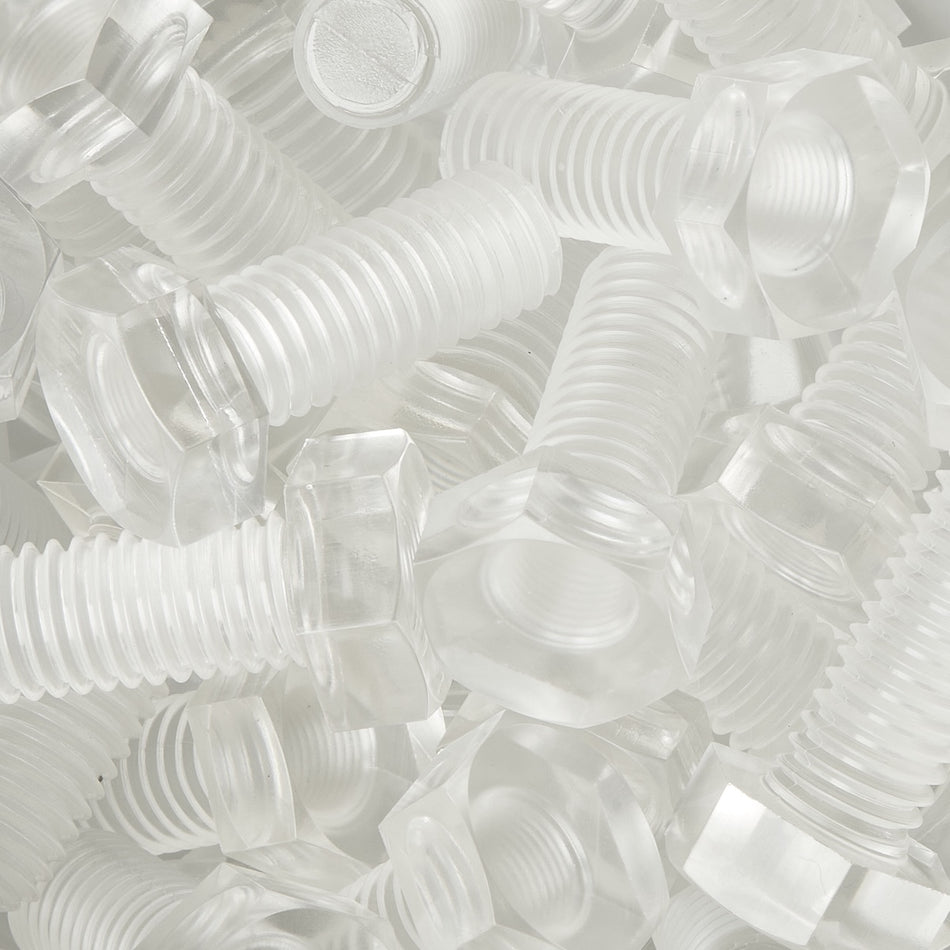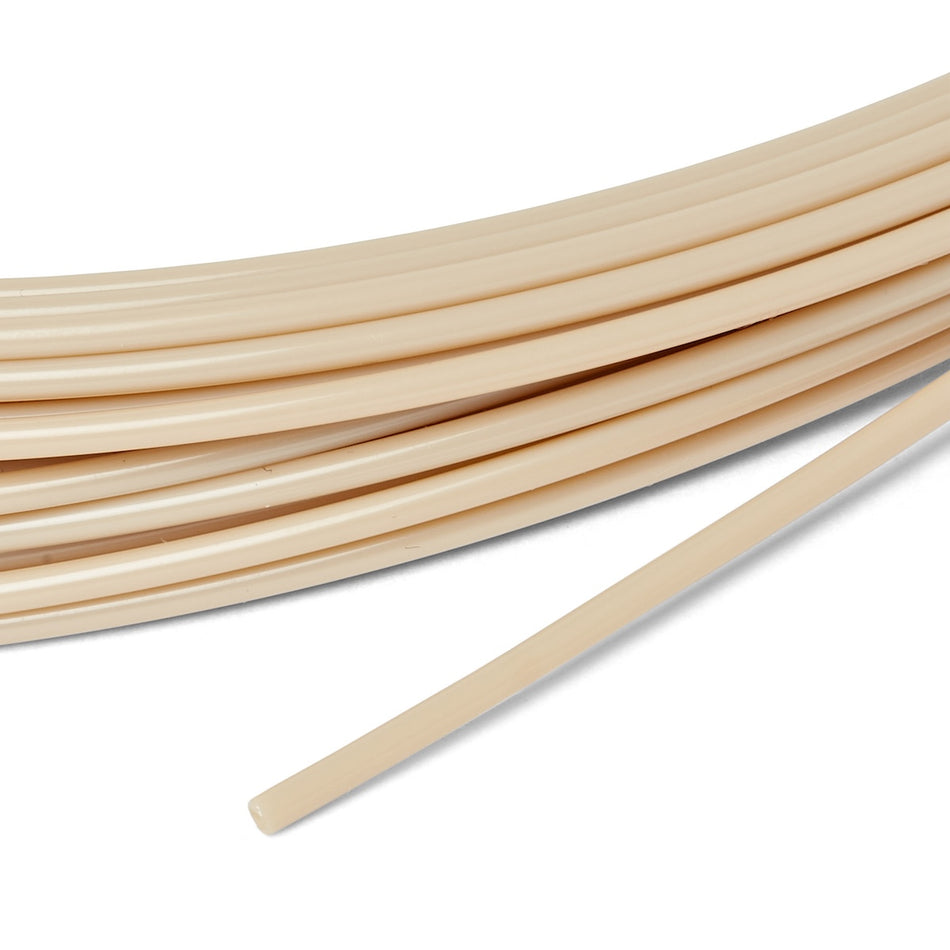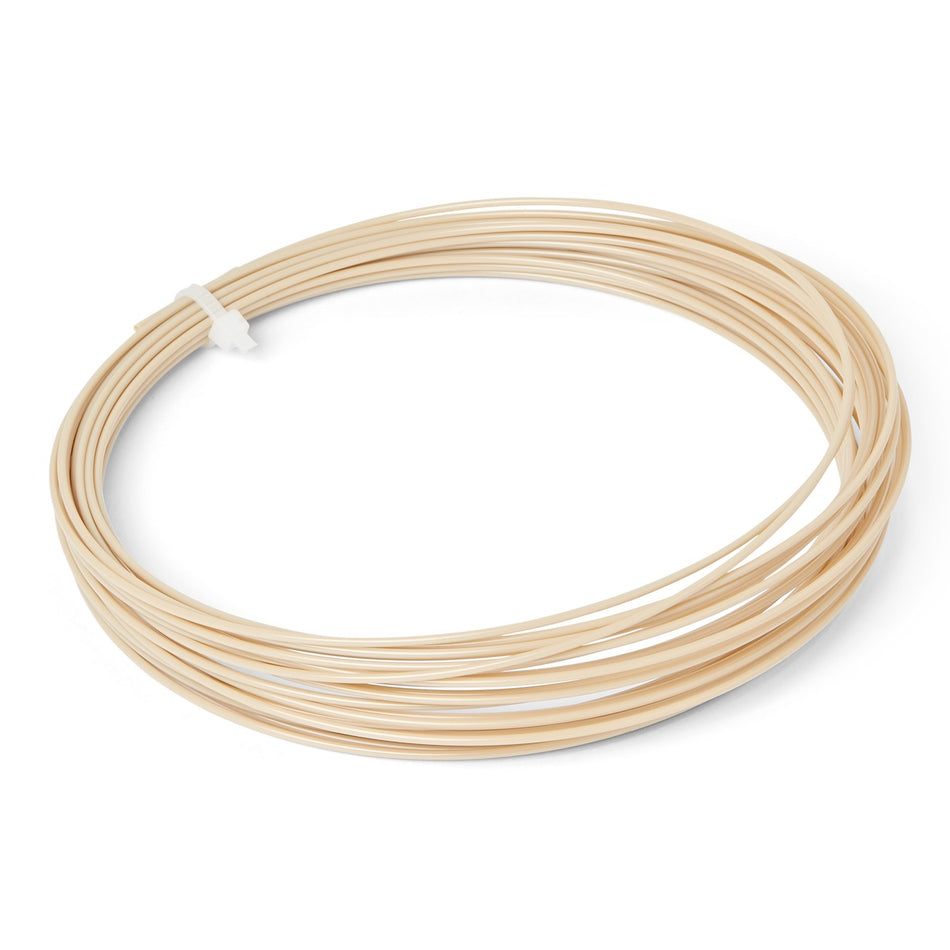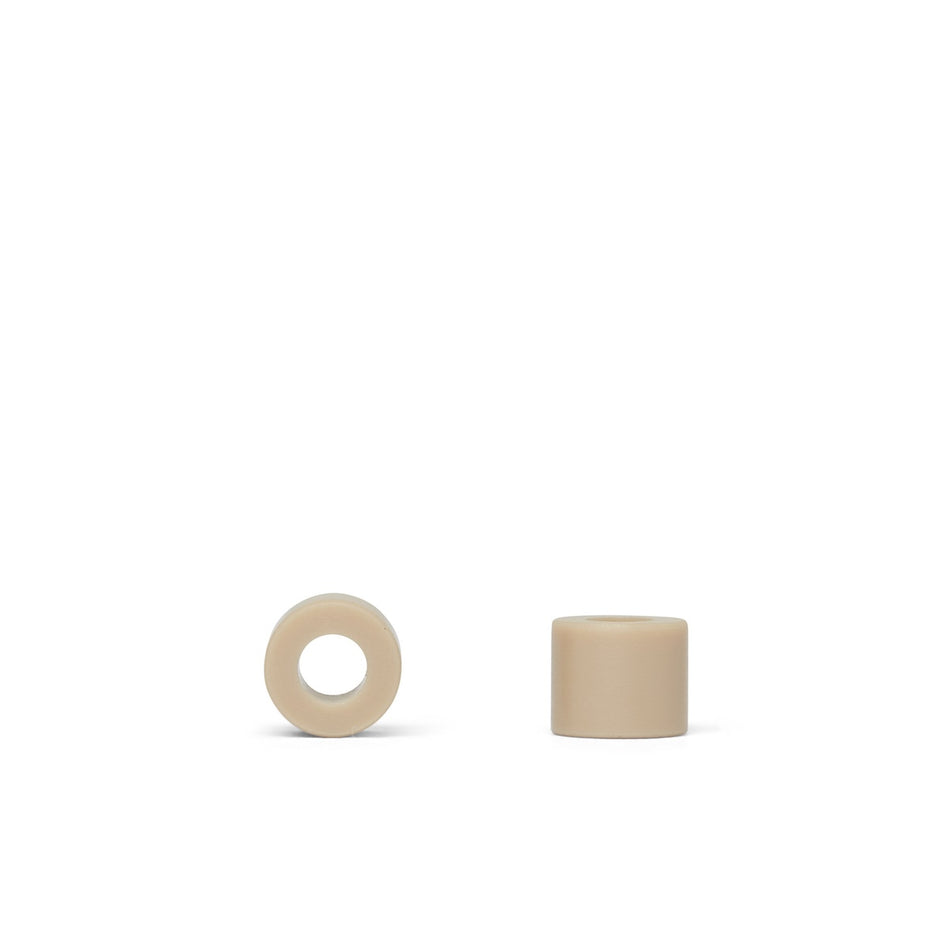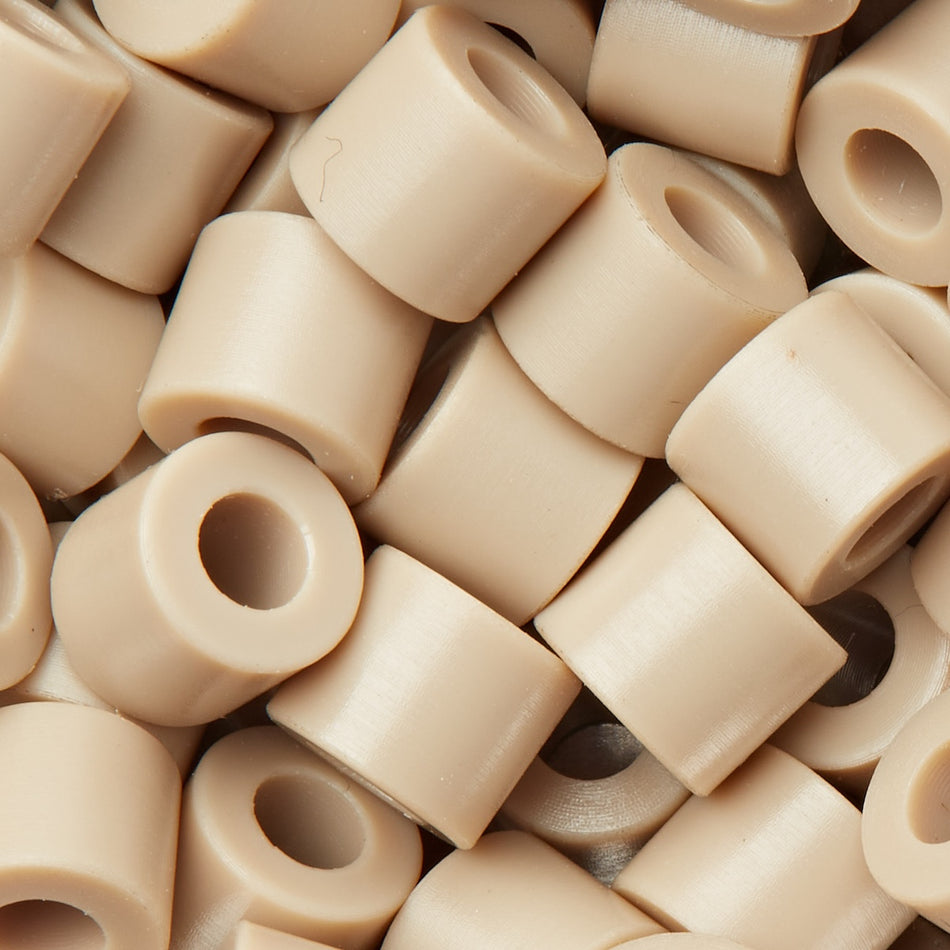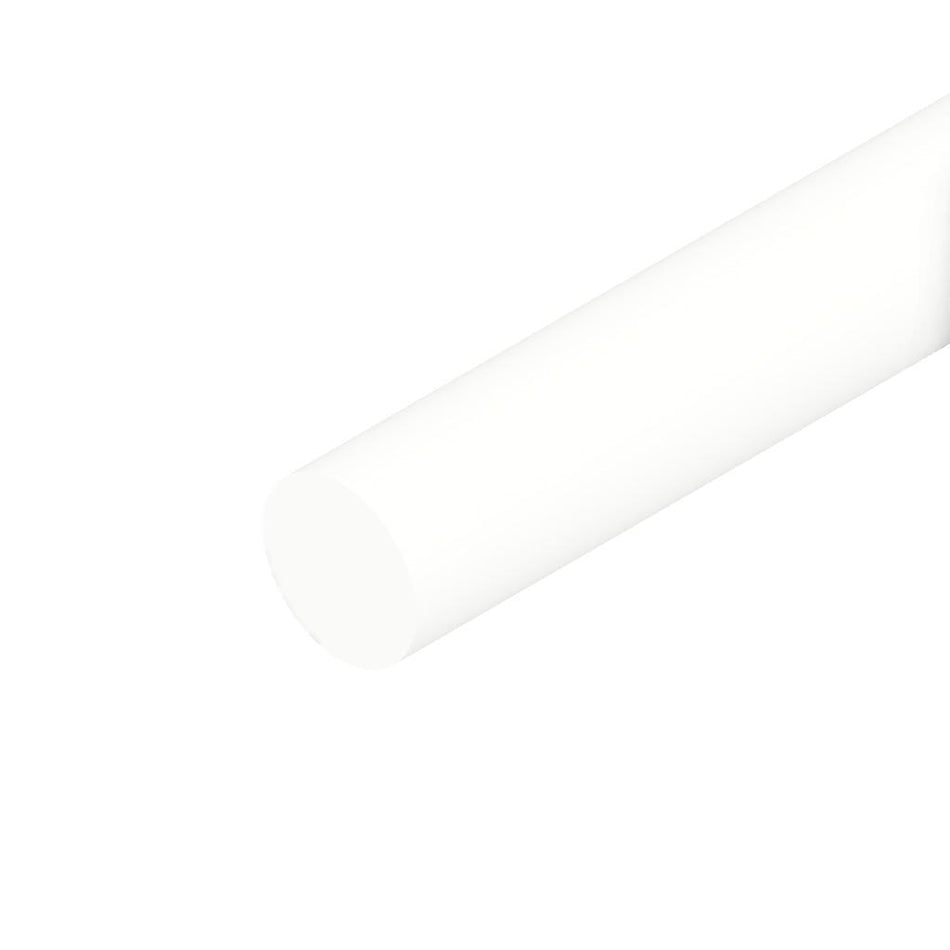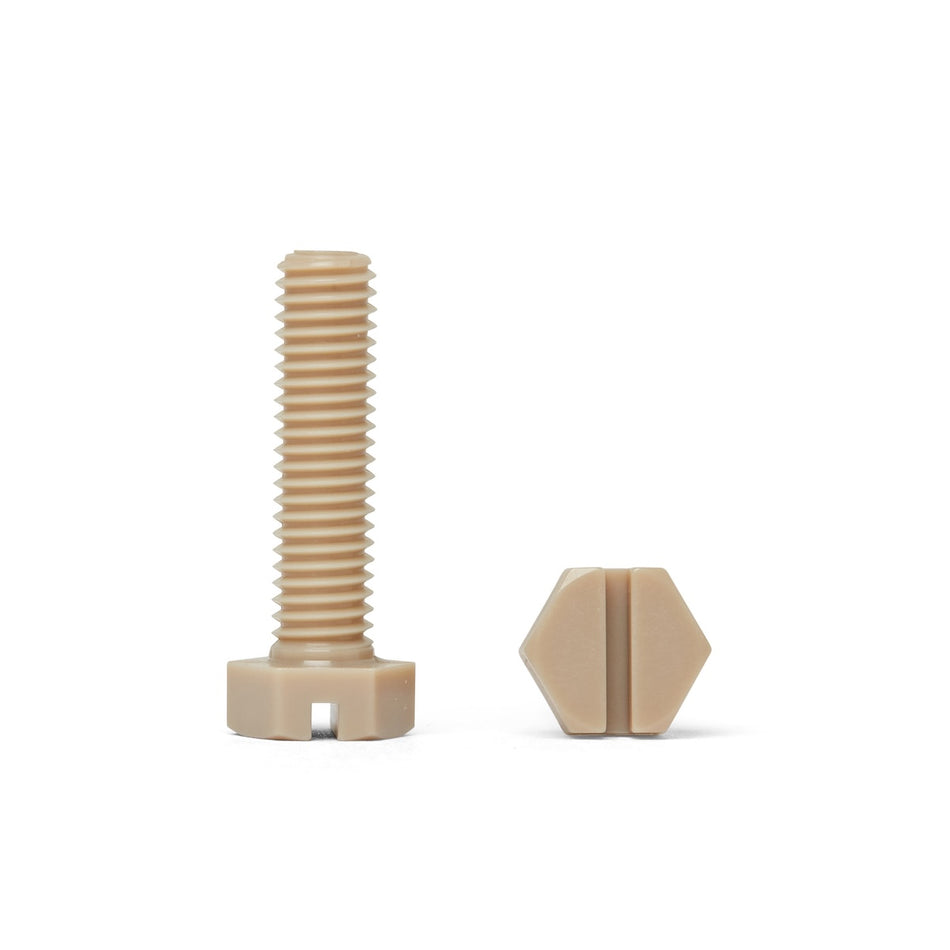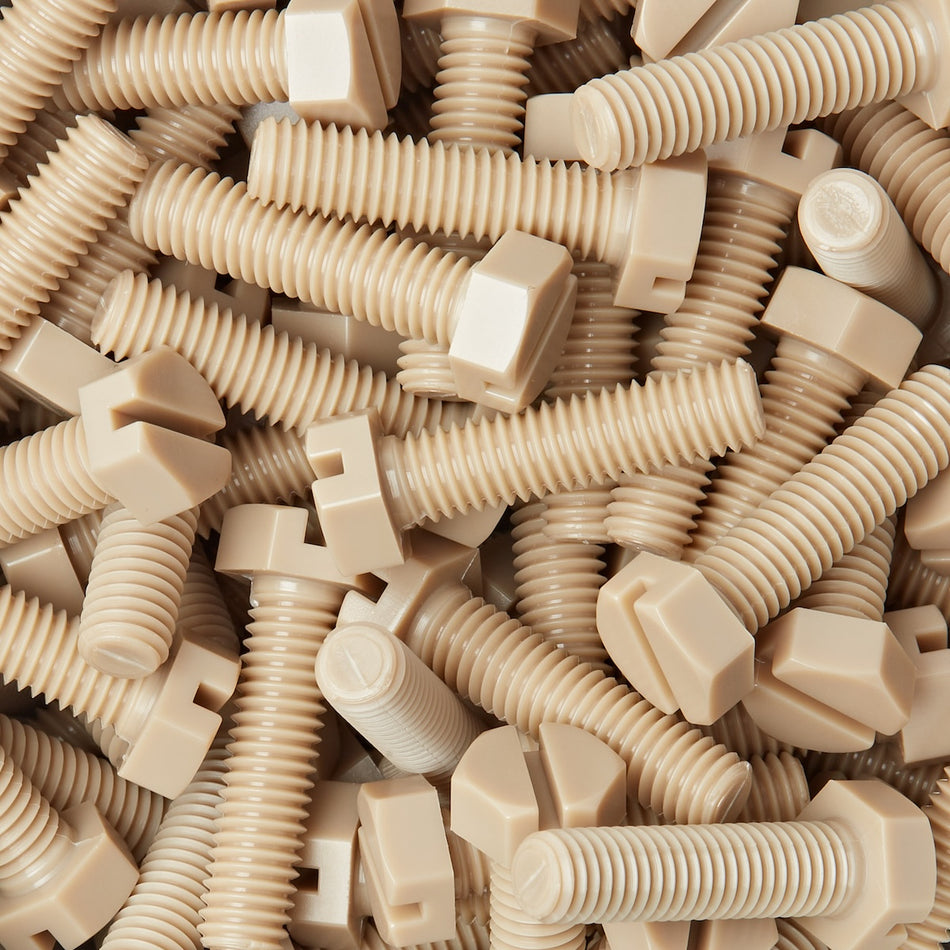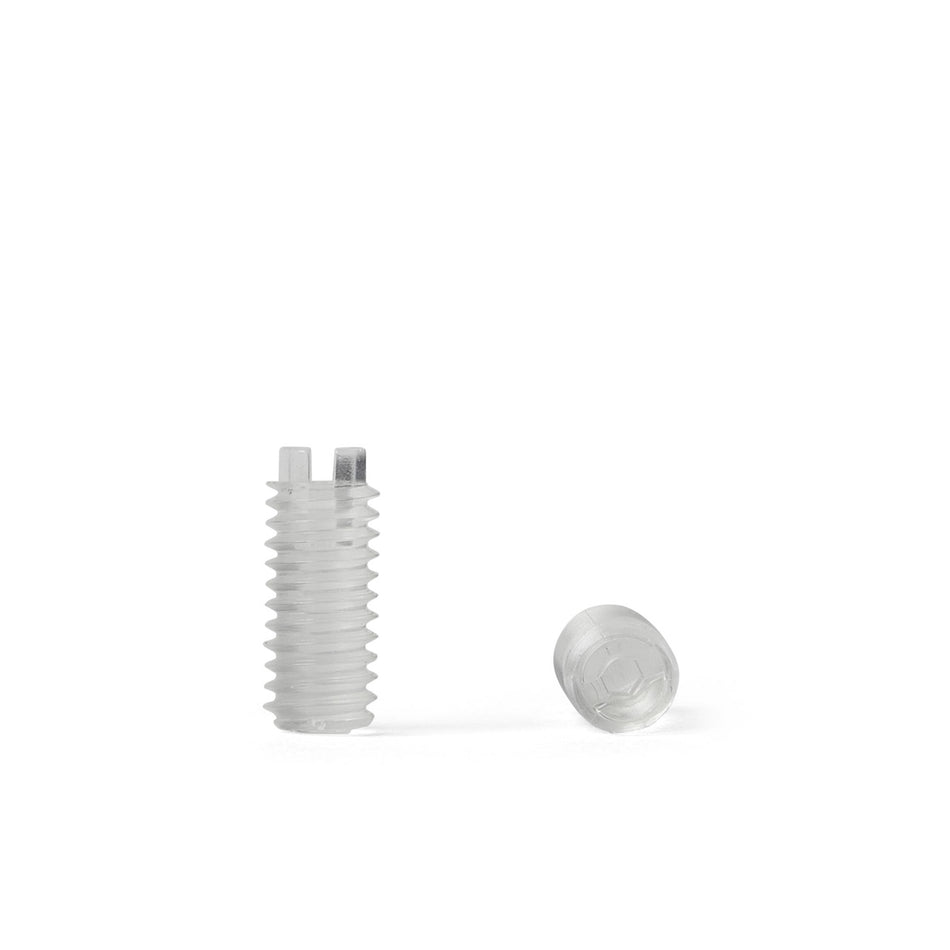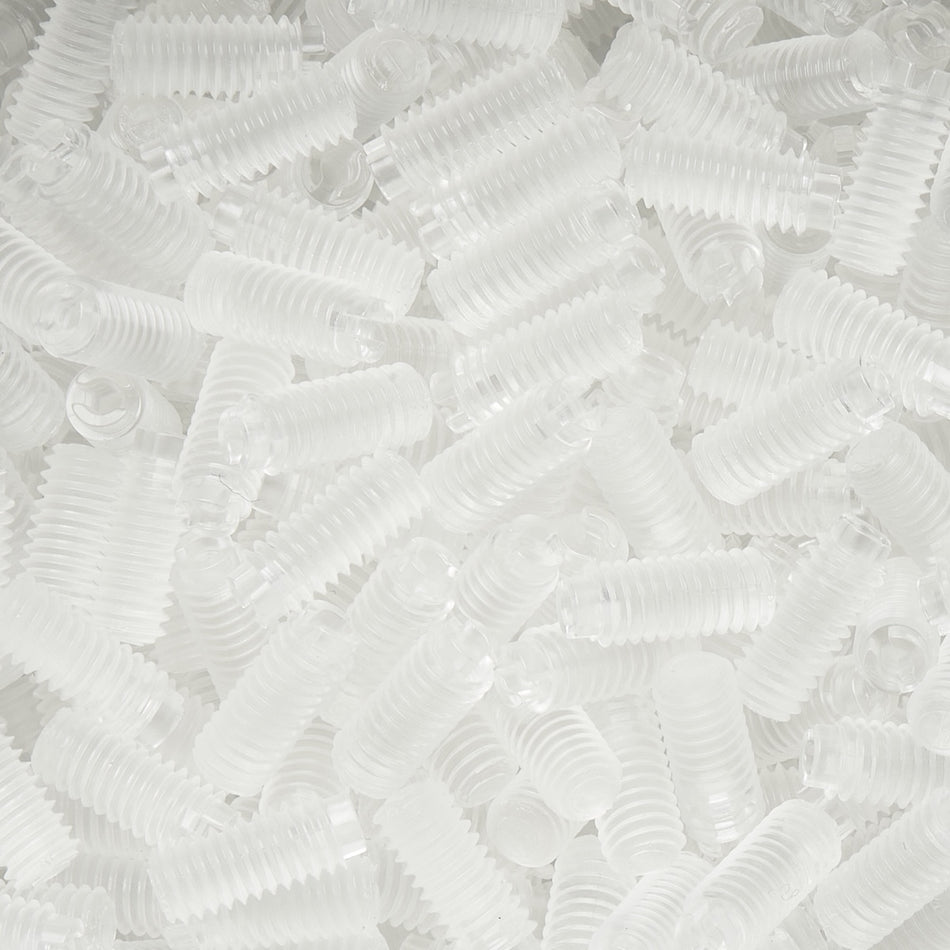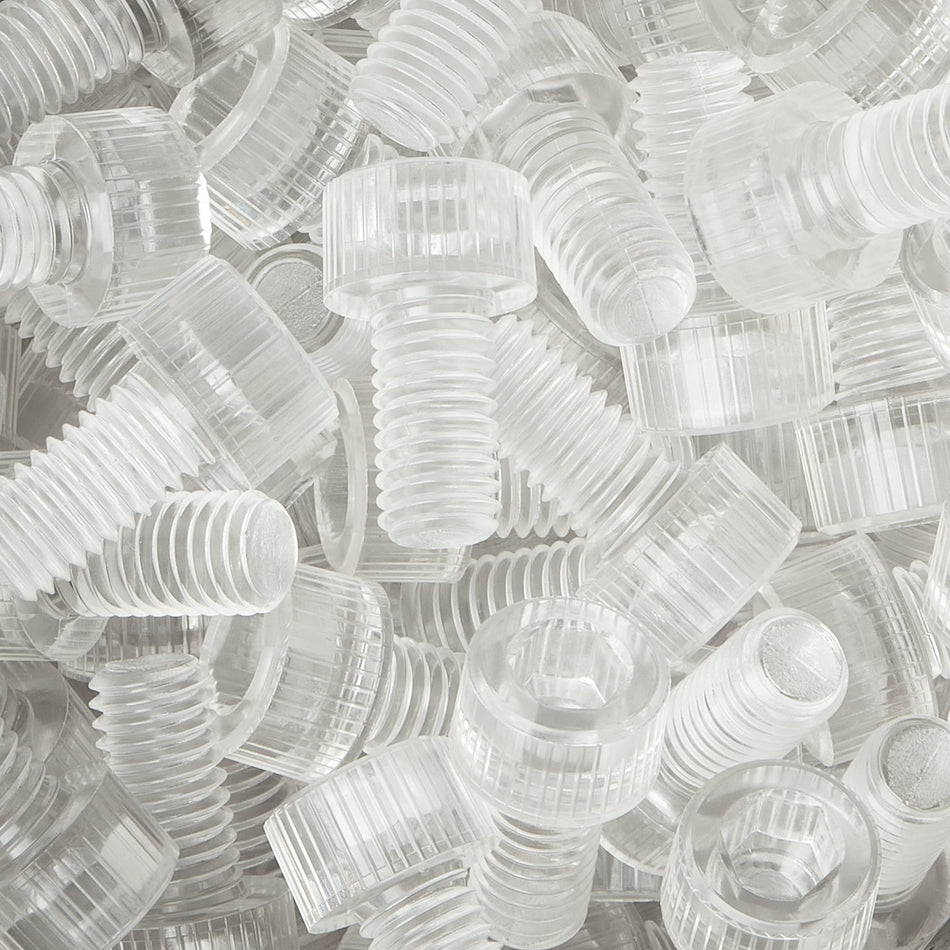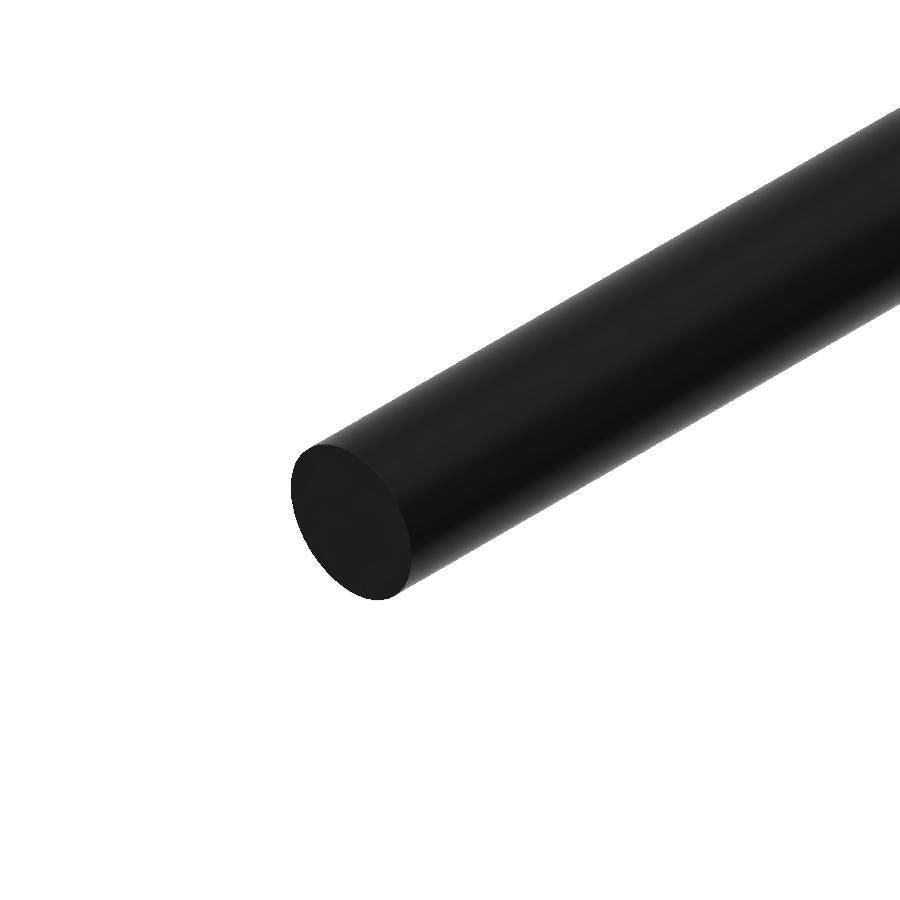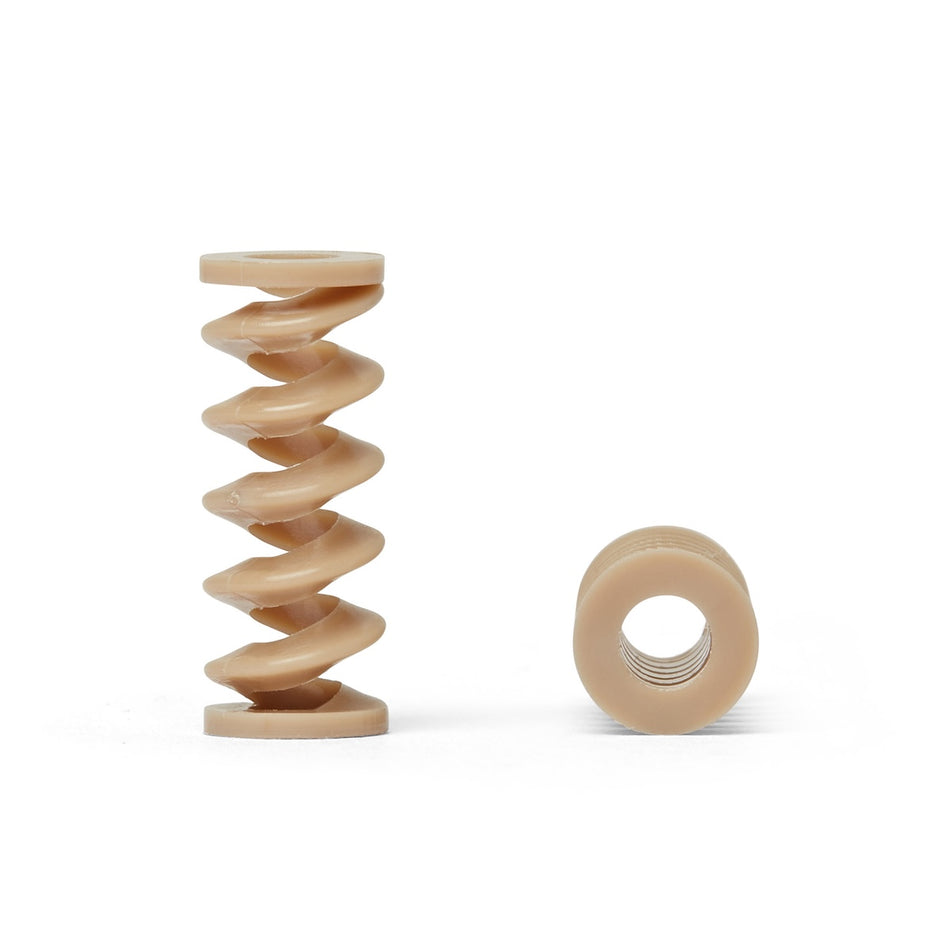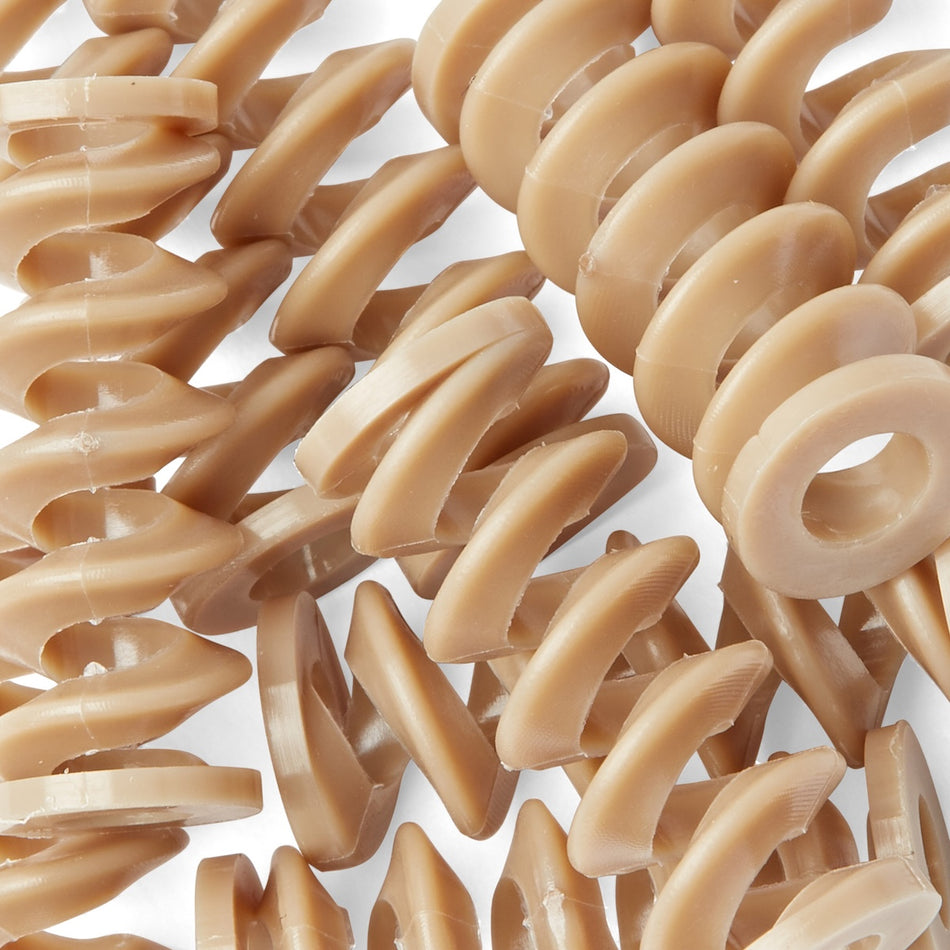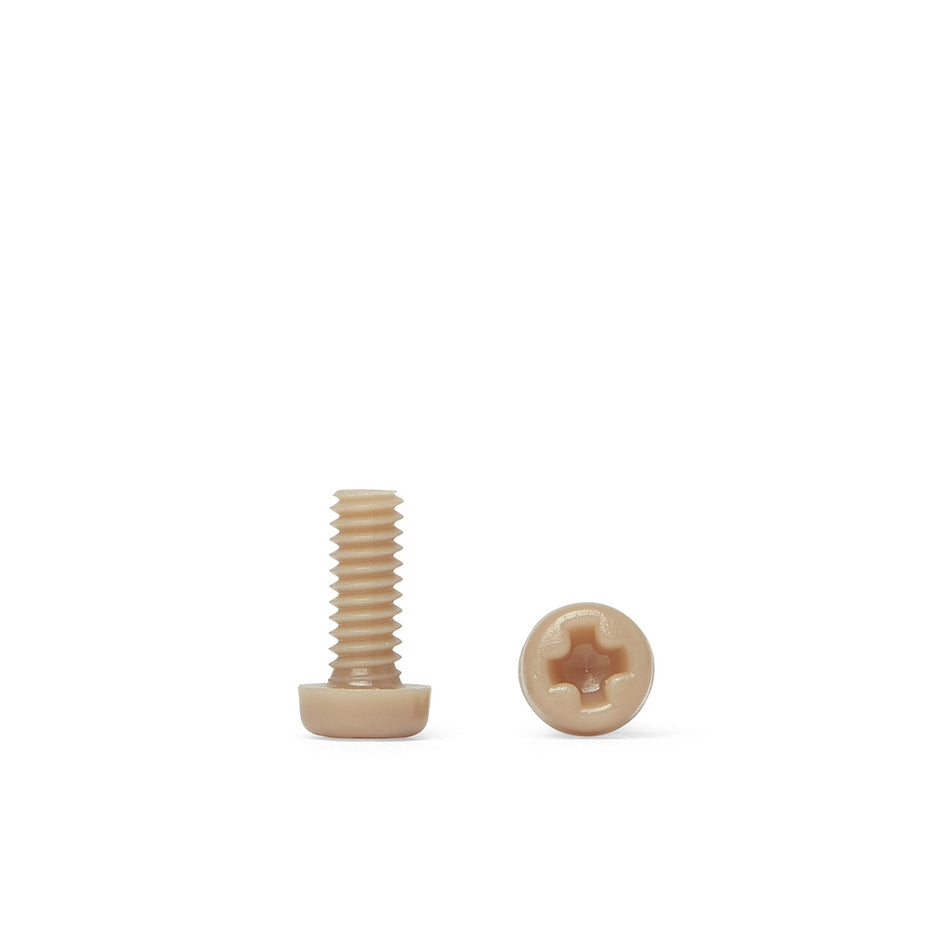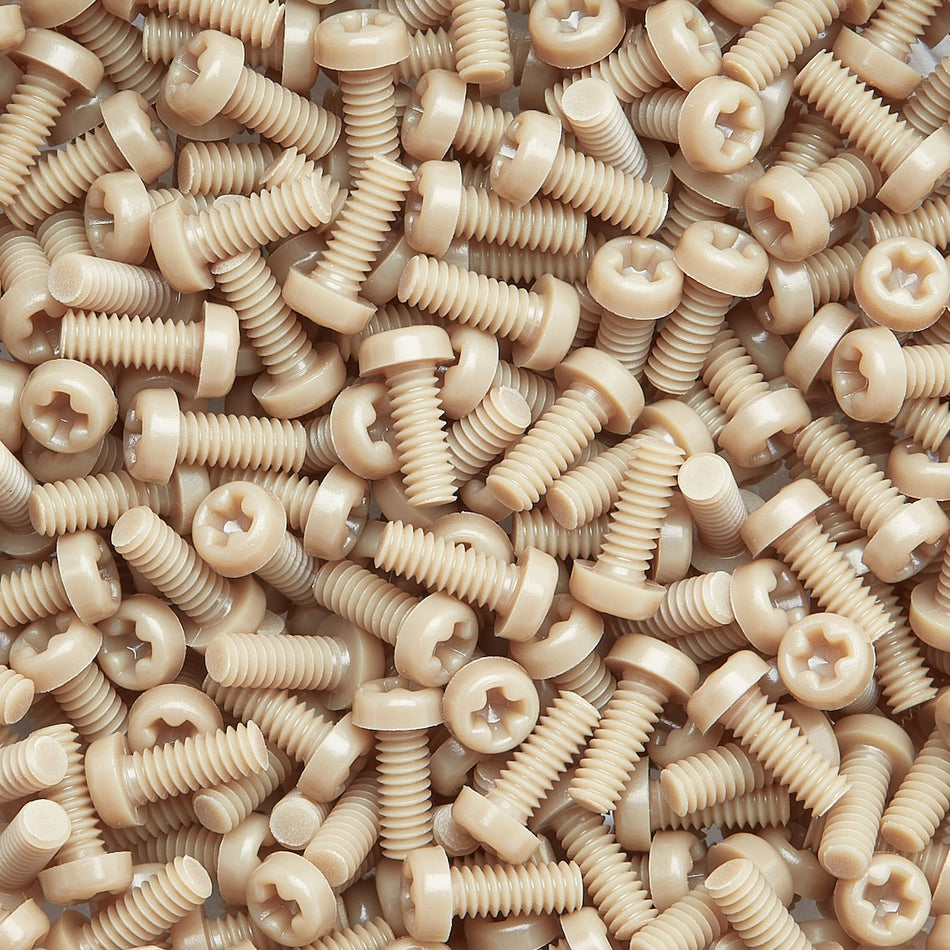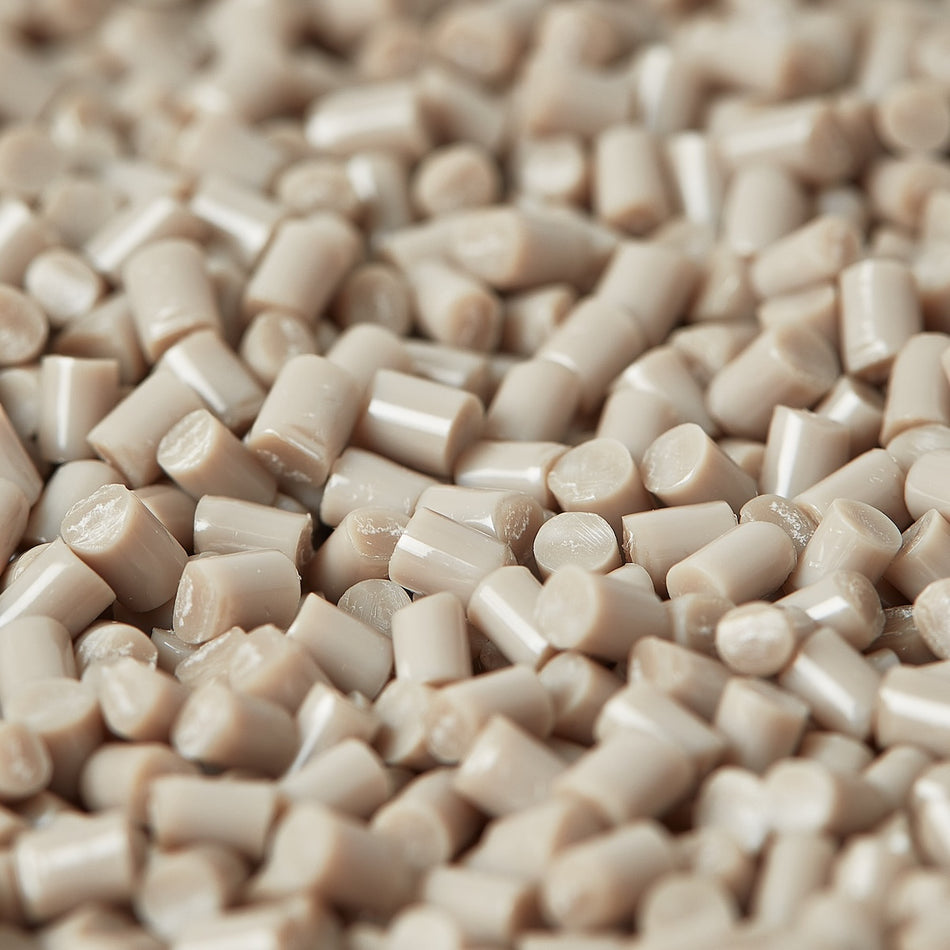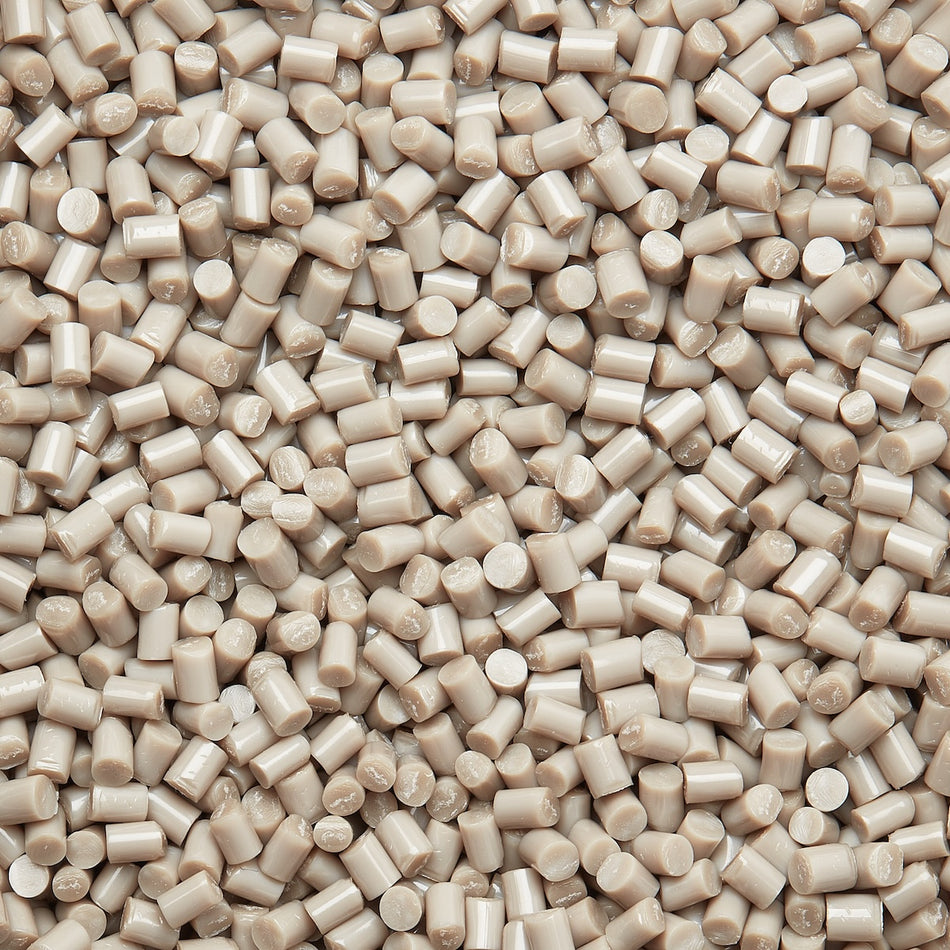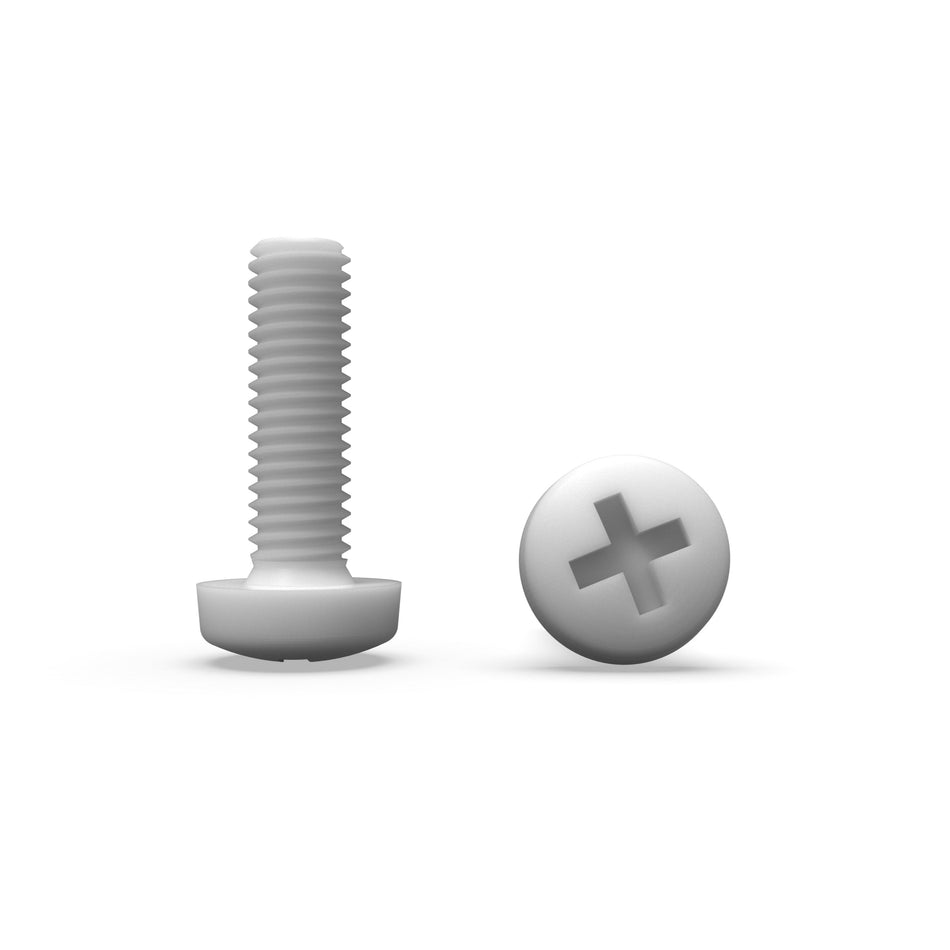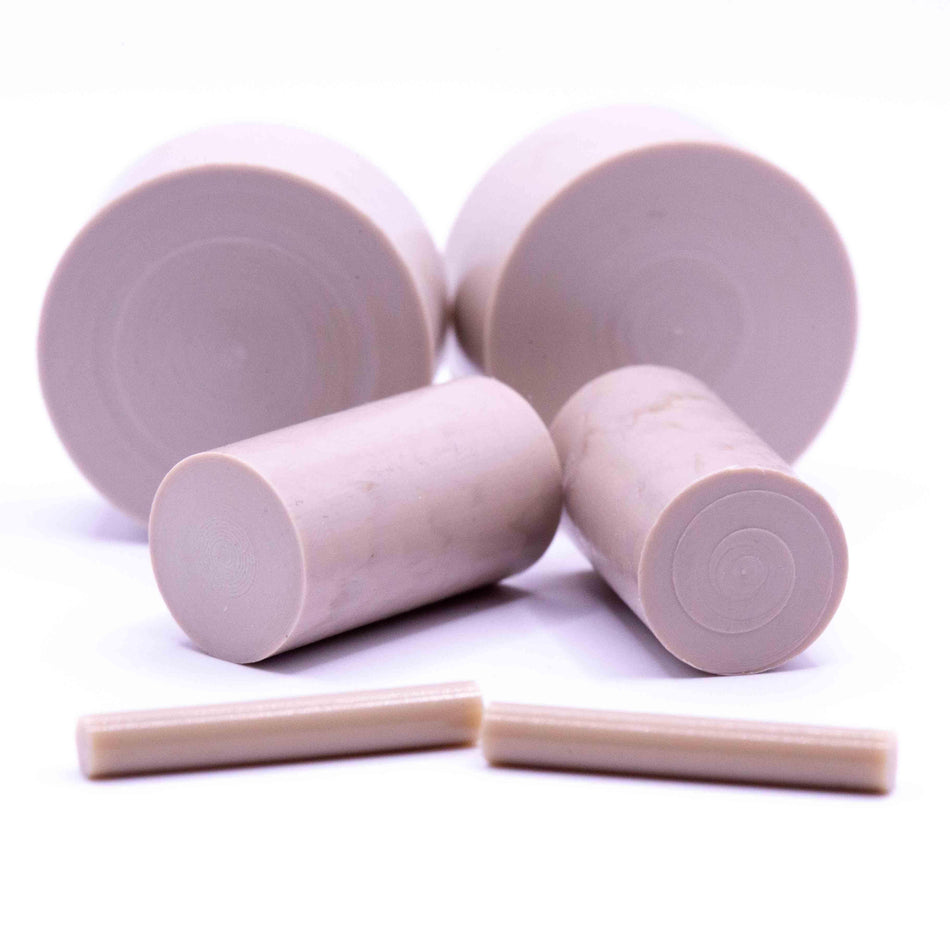107 Products

Neuro Science Solutions Az ipar a polimer csavarokat, anyákat, csavarokat, alátéteket és rögzítőelemeket használja.
A polimer kötőelemek műanyagból vagy kompozit anyagokból készülnek, és a hagyományos fém kötőelemek alternatívájaként számos alkalmazásban használatosak. Könnyű súlyuk, korrózióálló és szigetelő tulajdonságaik miatt előnyben részesíthetők.
Az idegtudományi iparág a kutatási területek széles körét foglalja magában, beleértve az idegtudományt, a neurobiológiát és a neuropszichológiát, és számos technika és eszköz, például az agyi képalkotás, az idegstimuláció és az agy-számítógép interfészek használatát foglalhatja magában. Lehetséges, hogy a polimer kötőelemek felhasználhatók az idegtudományi kutatásban használt berendezések és eszközök, például az idegi képalkotó berendezések, az idegstimulációs eszközök és az agy-számítógép interfészek gyártásában és összeszerelésében. Ezek a kötőelemek alkatrészek és érzékelők rögzítésére és rögzítésére, illetve minták és minták rögzítésére és rögzítésére használhatók.
A neurotudományi megoldások iparágát olyan vállalatok és szervezetek alkotják, amelyek az idegrendszer és az agy tanulmányozásához kapcsolódó termékeket és szolgáltatásokat nyújtanak. Ide tartoznak az agyi adatok elemzésére és értelmezésére szolgáló szoftvereket és egyéb eszközöket fejlesztő vállalatok, valamint az idegrendszeri rendellenességek kezelésére szolgáló termékeket és terápiákat fejlesztő vállalatok.
Néhány példa az idegtudományi megoldások iparágában működő vállalatok által kínált termékekre és szolgáltatásokra:
- Neuroképalkotó szoftverek és hardverek: az agyi képalkotó adatok, például a funkcionális mágneses rezonancia képalkotás (fMRI) és az elektroenkefalográfia (EEG) gyűjtésére és elemzésére szolgáló eszközök.
- Neurostimulációs eszközök: olyan eszközök, amelyek elektromos vagy mágneses ingereket használnak az agy vagy az idegrendszer stimulálására, mint például a mélyagyi stimulátorok és a transzkraniális mágneses stimulációs (TMS) eszközök.
- Neurogyógyszerek: neurológiai rendellenességek, például epilepszia, Parkinson-kór és Alzheimer-kór kezelésére használt gyógyszerek és egyéb terápiák.
- Agy-számítógép interfészek: olyan technológiák, amelyek lehetővé teszik a felhasználók számára, hogy gondolataikkal irányítsák az eszközöket vagy számítógépeket.
Összességében az idegtudományi megoldások ipara létfontosságú szerepet játszik az agy és az idegrendszer megértésében, valamint a neurológiai rendellenességek kezelésének és terápiáinak kifejlesztésében.

